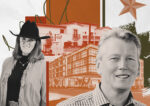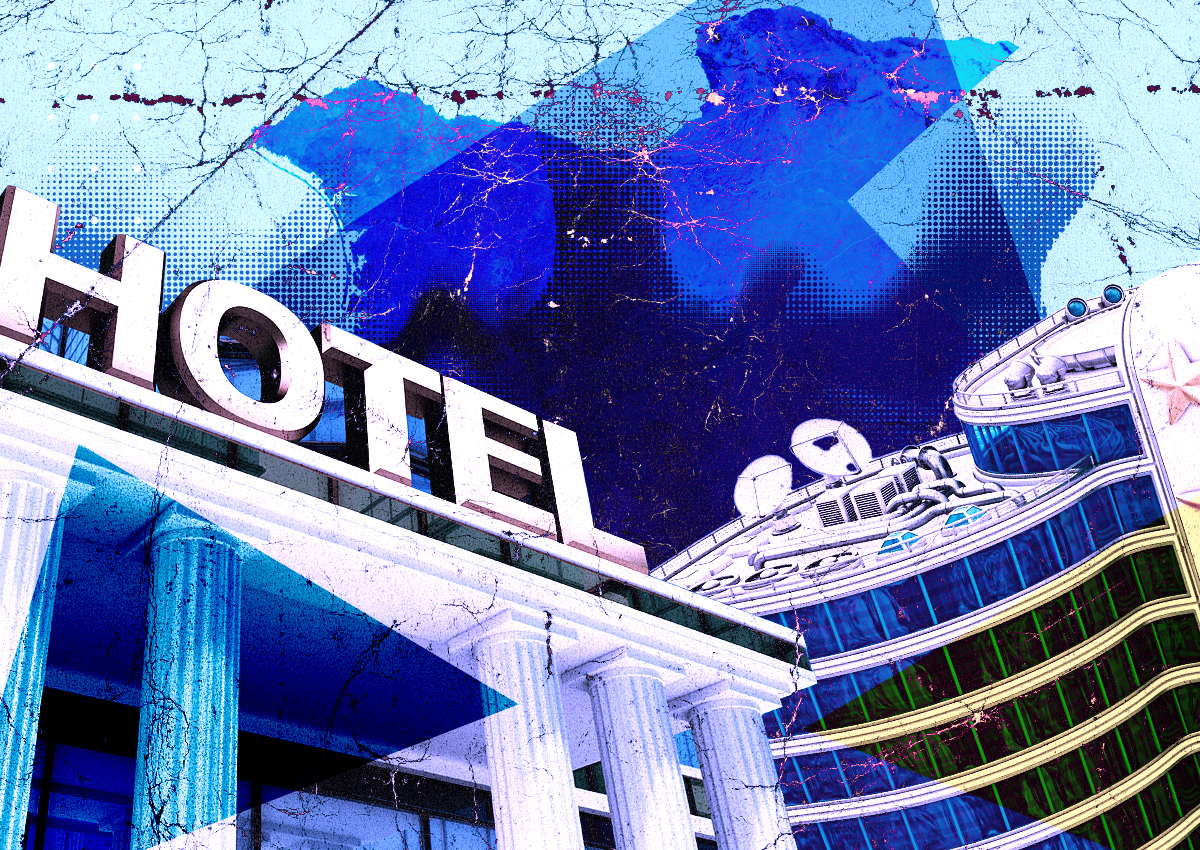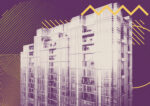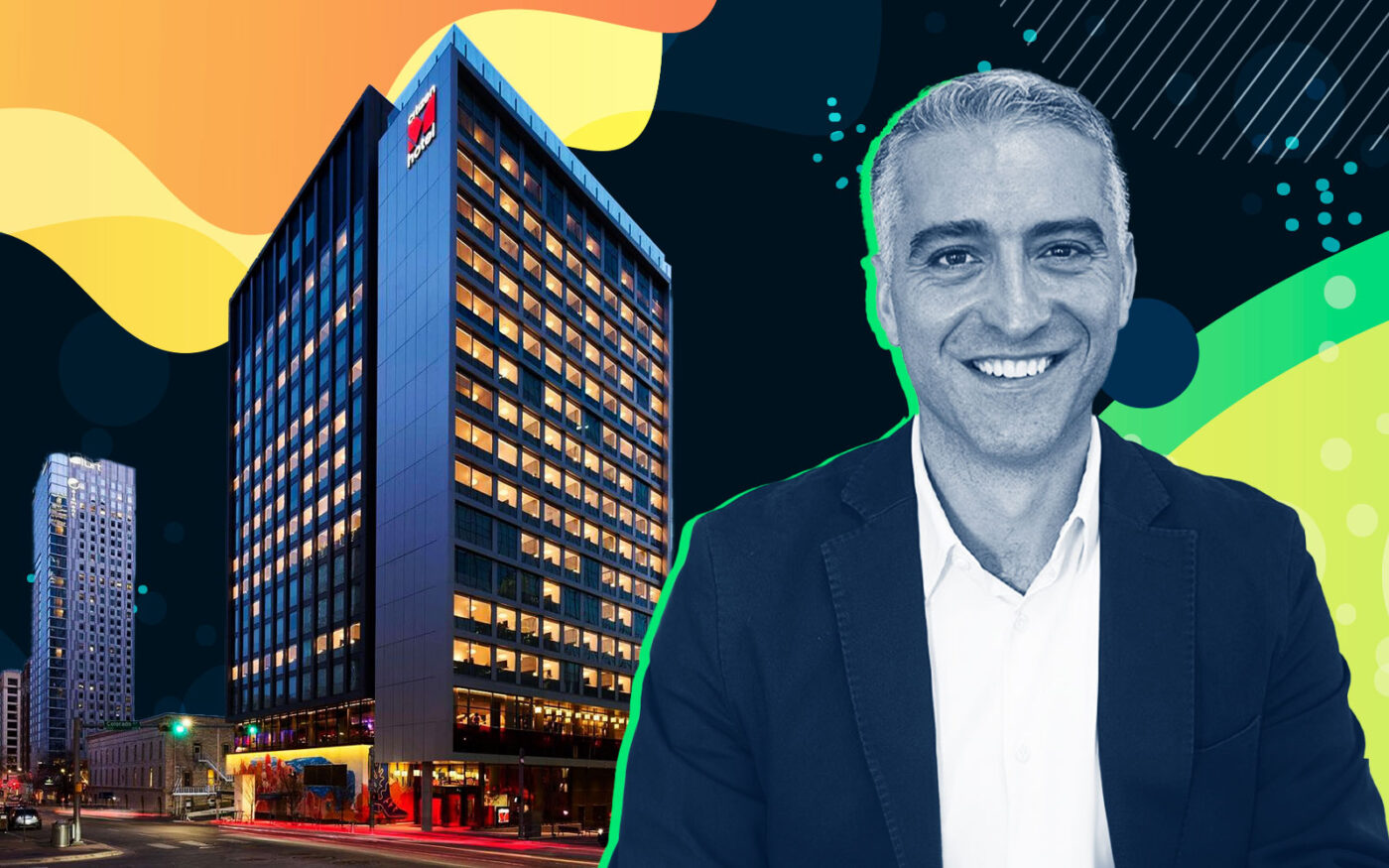Rani Gharbie knows a thing or two about the hospitality market.
The managing director of investment and development for CitizenM Hotels, Gharbie is a veteran of Virgin Hotels, IHG and Hyatt, and he teaches private equity hotel development at Columbia University’s Graduate School of Architecture, Planning and Preservation.
In his roles across the industry, he has picked up an international view of hospitality, and the ways to make developments pencil in a range of markets.
His latest challenge, helping a Dutch company grow across Europe and the United States, comes at a time of uncertainty in American hospitality markets. The pandemic upended norms of business travel, vacationing and service, while splitting many American cities into haves and have-nots.
CitizenM’s newest hotel, located at 617 Colorado Street in downtown Austin, is the firm’s first in Texas and a bet on its model of building easily replicable hotel rooms with an emphasis on the communal space outside the room.
Seated on a sofa in the funky-futuristic “living room” of the new hotel, Gharbie discussed the group’s expansion into Texas, the fractured hospitality market recovery, and why CitizenM is betting big on Austin.
This conversation has been lightly edited for length and clarity.
How are you looking at growth at this time of frozen development pipelines and uncertainty in financial markets?
CitizenM is a Dutch company conceived about 15 years ago. So it went from being funded by the family office to more of an institutional-backed entity over its evolution. Right now, our backers are two institutions and one family office [Rattan Chadha’s KRC Capital]. The two institutions are GIC, which is close to a trillion-dollar sovereign wealth fund out of Singapore. and APG, one of the largest pension funds in Europe.
We call ourselves a one-trick pony, because we have one concept that is extremely profitable per-square-foot, and has great retention of staff. We love to replicate that in markets where we think we can actually have the right demand for it. And we love to follow the hub-and-spoke model, which is when we go into a market for one property, and then add a second, add a third, add a fourth.
We’re not in a rush to do deals just for the sake of doing deals. We could hypothetically pause for a year, year and a half, or slow down until we get a little bit more conviction from either the supply and demand perspective, or interest-rate perspective, labor, operating costs in general, and wait for the right deals to come through and expand again. So what we’ve realized over the past few years is that there is [opportunity for] arbitrage.
There are markets that benefitted from Covid, and there are markets that did not. So these are conversations that we’re having now, because during this period of uncertainty and volatility, these markets [like Austin, Denver and San Diego] happened to give us a little more certainty than other markets that had difficulty recovering from Covid.
Tell me more about that hotel concept that you can replicate from city to city.
The rooms are exact replicas of each other, all over the world. King size beds, about 165 square feet. Super well-designed tech, and not in a gimmicky way. And that model is replicable. What is not replicable is the work that goes into the art. If I blindfolded you and put you in any CitizenM around the world, from Copenhagen to Paris, you would know your location, no doubt.
If you look at the art, it’s very localized, very highly curated, very expensive. And when I’m saying that, it hurts — I’m on the real estate investment side, so I want those costs to be down! But I understand the benefit to the business, and to the experience, and the sense of arrival.
As you expand into Texas, why did you go with Austin instead of Dallas or Houston?
The way we approach growth in general is that we have a matrix of parameters that we use to define what markets we want to go to, whether it’s dollar deployment, type of demand, type of corporations. Our guests fit within that market, or have demand for that specific market.
We have 15 or so cities that we want to be in in the U.S., and Austin is just one of them. The economics of this city fit our targets, more so than any other city in Texas. Now things are changing. This was conceived in 2018 and 2019, so the economics made sense of having a hotel like ours here. It was the right fit.
I was looking at the underwriting that we did five years ago and compared it to the business plan that we put out last quarter, and they were really close. My interpretation of [demand] is that there has been a huge dip, because of the oversupply in the market since 2019, but that probably is being absorbed, at least in our underwriting over the next 10 years. Since there was such a huge supply, there was probably a lack of new deals for the past two years, because lenders and developers thought, “Maybe that market is too hot or too bloated from a supply perspective.”
We think that is allowing the oversupply to be absorbed, and then there’ll be a normalization of supply and demand in the future.
What specifically about Austin fit the CitizenM parameters?
You have a fair balance of leisure and business. From a hotel perspective, that allows you to fill up your weekdays and weekends. There’s been an increase of supply of about 10,000 rooms since 2019, versus the 50,000 room inventory. That’s 20 percent. But that’s also over five years, so that’s about 4 percent a year, which is not catastrophic.
We also look at where this supply and demand dynamic is going in the future, and Austin has a few things going for it. One is the renovation of the convention center — that’s huge, and it’s going to boost event demand. There is Formula One, and the airport expansion, and the corporations that are moving here.
All the fundamentals of leisure and corporations seem to be solid. And there’s a focus on them continuing to grow in the future. That’s the right market we want to be in.
Read more



